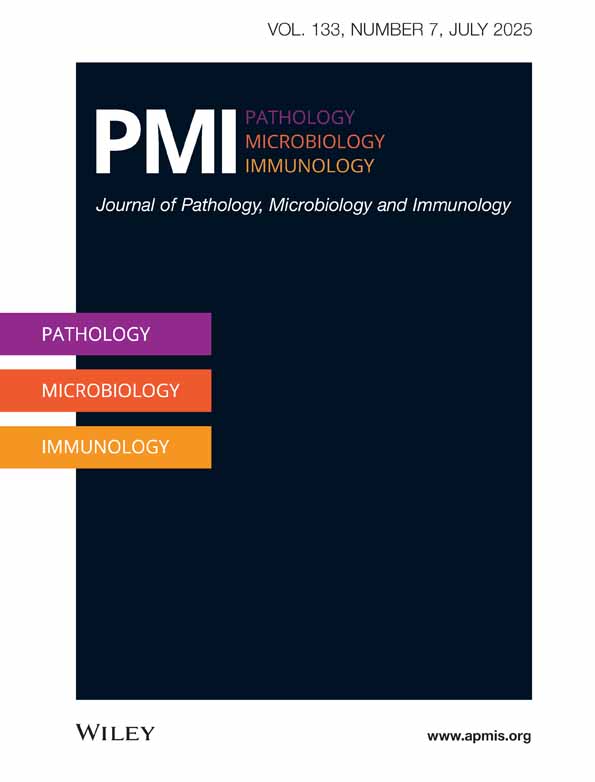Development of resistance and cross-resistance in Pseudomonas aeruginosa exposed to subinhibitory antibiotic concentrations
Abstract
The purpose of this study was to compare resistance and cross-resistance development in Pseudomonas aeruginosa isolates from cystic fibrosis (CF) patients to commonly used antipseudomonal antibiotics. Isolates were repeatedly exposed to subinhibitory concentrations of either azlocillin, tobramycin, ceftazidime or ciprofloxacin. On 10 consecutive occasions, samples were removed from the half-MIC well of a microtitre plate and regrown in drug-free medium to provide the next inoculum for MIC determination. The increase in MIC at the end of the treatment period was significant (p<0.05) for all selecting antibiotics. Cross-resistance to unrelated antibiotics was not observed, but was significant (p<0.05) in all β-lactams (ticarcillin, piperacillin, ceftazidime and cefsulodin) studied where azlocillin was the selecting antibiotic. The addition of clavulanic acid to ticarcillin and of tazobactam to piperacillin had no effect on cross-resistance. The development of resistance to azlocillin was associated with increased β-lactamase activity and a change in isoelectric point of the β-lactamases. The result of this study supports a rotational policy for antipseudomonal antibiotics in CF patients.




